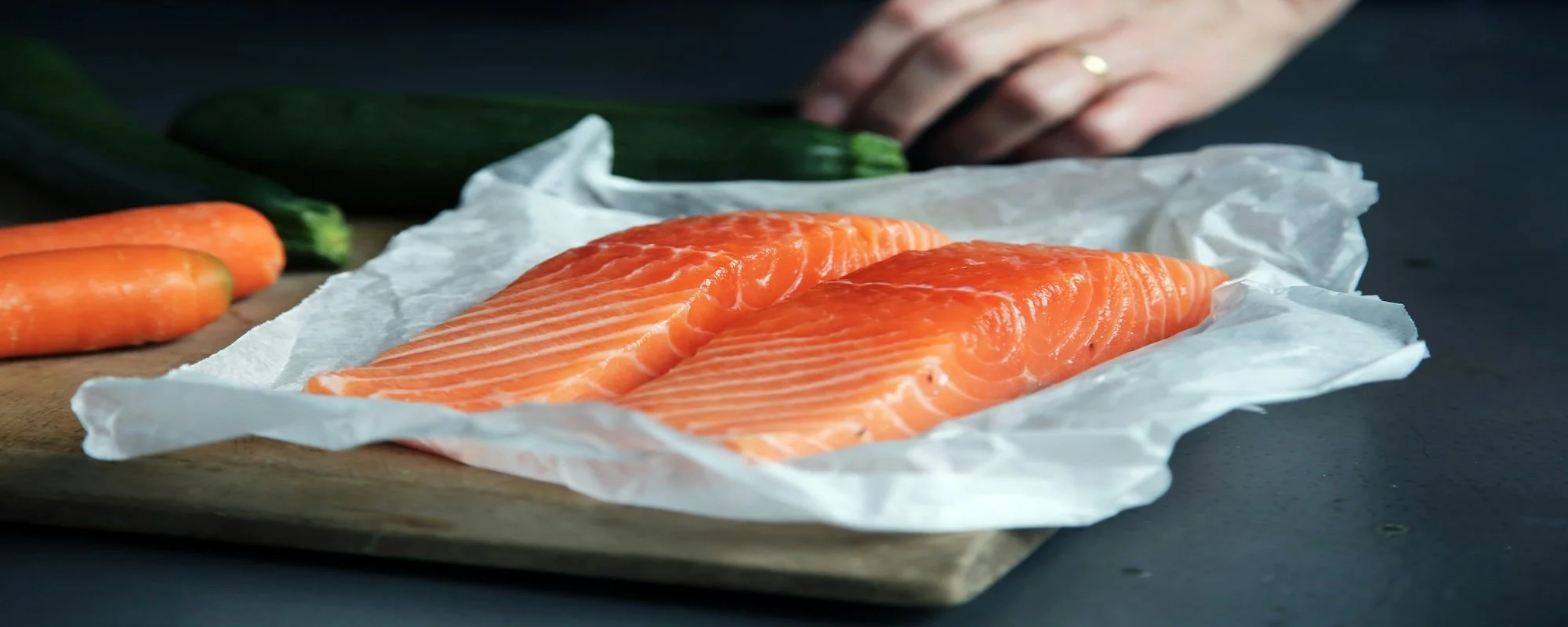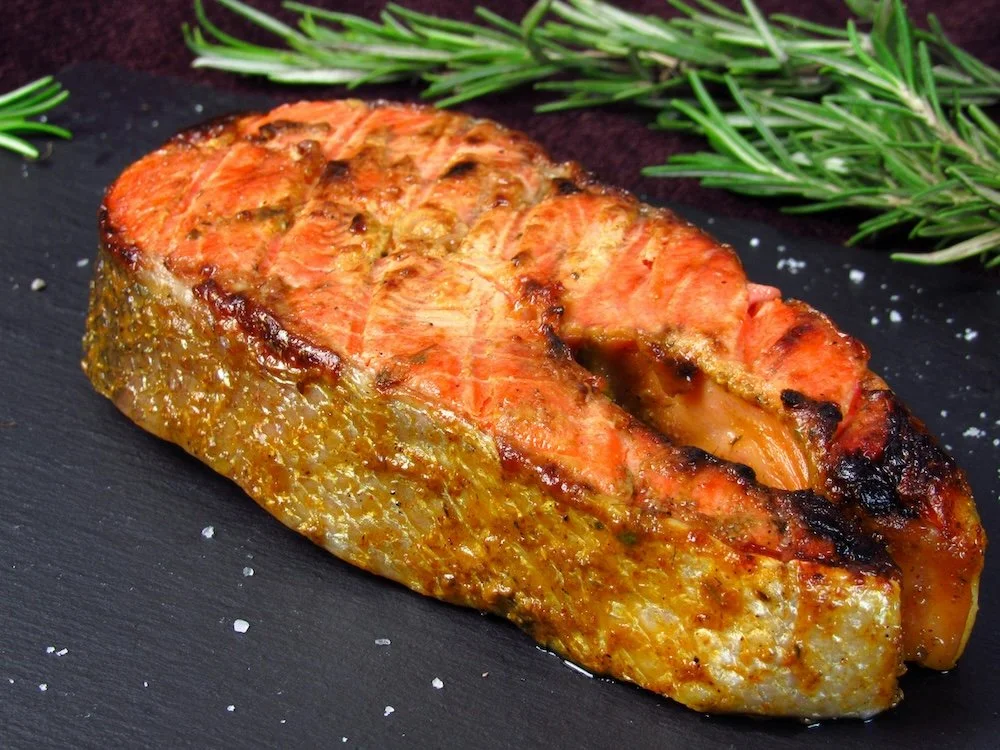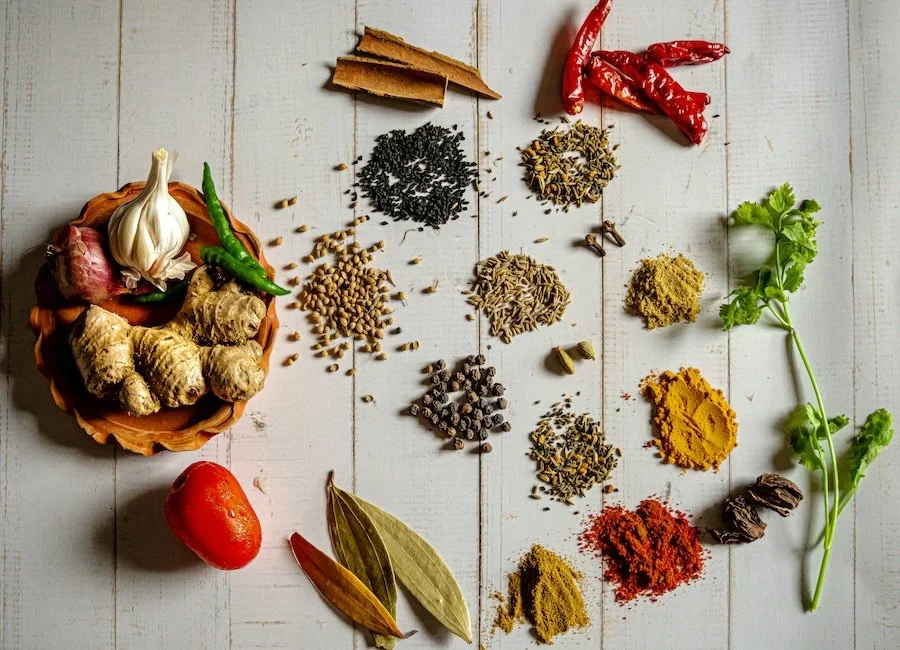10 Tips for Reintroducing Meat and Fish After a Plant-Based Diet
Embracing Change: My Journey from Plant Based to Balanced Nutrition
If you've been following my blog and social media posts since 2019, you know how passionately I embraced a plant-based lifestyle. It all started in 2017 after a health scare landed me on the waitlist for gallbladder removal surgery. In Ireland, waiting 2-3 months for a consultant appointment is common, so I decided to make some changes in the meantime. I switched to a plant-based diet and stopped taking a hormonal combination pill.
By the time my pre-op appointment arrived, my symptoms had vanished, and I no longer needed surgery. This experience sparked a newfound interest in nutrition, leading me to sign up for my first nutrition course. I was convinced that being vegan was the best choice for my health.
The following years were fantastic! I was brimming with energy, my skin glowed, and I slept like a kitten. Even my then-boyfriend, now husband, joined me in eating plant-based to improve his marathon training, and it worked wonders for him too.
The Turning Point
However, things took a drastic turn at the end of 2019. On a flight back from a work trip in Chicago, I experienced excruciating period pains reminiscent of my teenage years.
From then until the end of 2023, I found myself bedridden for a week each month, canceling plans, and taking more sick leave than ever. Eventually, I was diagnosed with endometriosis and polycystic ovary syndrome (PCOS). Despite this, I remained committed to my plant-based diet.
During my medical appointments, a 24-hour blood pressure monitor revealed severe hypertension, and I was also diagnosed with insulin resistance and elevated cortisol levels. It was a tough pill to swallow, both literally and figuratively.
That night in May 2023, my husband prepared a meal of organic salmon, steamed broccoli, olive oil, and garlic. This was a pivotal moment in my health journey.
Reassessing My Diet
Facing high blood pressure, insulin resistance, and high cortisol levels made me reconsider my diet.
I realized that a diet high in protein and fat, yet low in carbohydrates, was crucial for my condition—something difficult to achieve with a strictly plant-based diet.
Omega-3 fatty acids from fatty fish also play a significant role in reducing blood pressure and inflammation.
Initially, I struggled to eat animal products. My husband, who still follows a mainly plant-based diet, cooked separate meals for us every day. Gradually, I began to adapt, learning to cook meat and fish myself. Despite the challenges, my love for cooking helped me acquire these new skills quickly.
Transitioning away from a plant-based diet felt like losing a part of my identity. As "The Plant-Based Consultant," I had always encouraged others to eat less meat and more plants.
Now, I had to eat more animal products and focus on low glycemic vegetables to manage my insulin resistance. Surprisingly, I found myself consuming more vegetables than I did on a plant-based diet, as I used to rely heavily on starchy vegetables.
10 Tips for Reintroducing Animal Products
If you're considering reintroducing animal products into your diet, here are ten tips I wish I knew over a year ago:
1. Digestive Support: Use digestive enzymes, especially those with ox bile, papain, and bromelain, to help your stomach adjust.
2. Grilled Options: Start with grilled meat and fish, which are often the most appealing and could be easier to digest. Because of the Maillard reaction and the potential carcinogenic effects of barbecuing, it’s not recommended that you consume it frequently, but I believe that a couple of exceptions can be made at the beginning.
3. Post-Meal Walks: A 10-15 minute walk after meals aids digestion and promotes gut motility.
4. Explore New Restaurants: Try renowned restaurants or takeaways known for their meat dishes to ease the transition. My favorites are Bunsen for their burgers and Masala for their chicken saag.
5. Mindful Serving Sizes: Aim for 100-200g of meat or fish per meal, roughly the size of your palm.
6. Simple Combinations: Keep meals simple. A favorite of mine is baked fish, steamed broccoli, olive oil, and garlic.
7. Herbs and Spices: Use anti-inflammatory herbs and spices like oregano, basil, chillies, smoked paprika, and garlic to enhance flavors.
8. Invest in a Meat Thermometer: Invest in a meat thermometer to ensure your meat and fish are cooked to safe temperatures.
9. New Cookbooks: Invest in cookbooks that offer healthy, anti-inflammatory recipes. I recommend Mark Hyman - What the Heck Should I Eat? (one of my favorite ever cookbooks which supports an anti-inflammatory diet for endometriosis) and Gwyneth Palthrow - The Clean Plate: Delicious, Healthy Recipes for Everyday Glow (I was as surprised as you are that I love this cookbook so much! The kimchi and chicken breast salad is out of this world!).
10. Social Media Inspiration: Use platforms like Pinterest for meal inspiration and planning.
Final Thoughts
The journey of changing my diet was challenging, but it taught me the value of flexibility and listening to my body's needs.
As a trained nutritionist, I'm dedicated to helping women with endometriosis achieve better health through personalized nutrition, lifestyle, and herbalism. Remember, patience is key—embrace the process and enjoy discovering delicious, nutritious meals that work for you.
If you're interested in more tips on maintaining a balanced diet for endometriosis symptoms, check out my Work with Me page.





